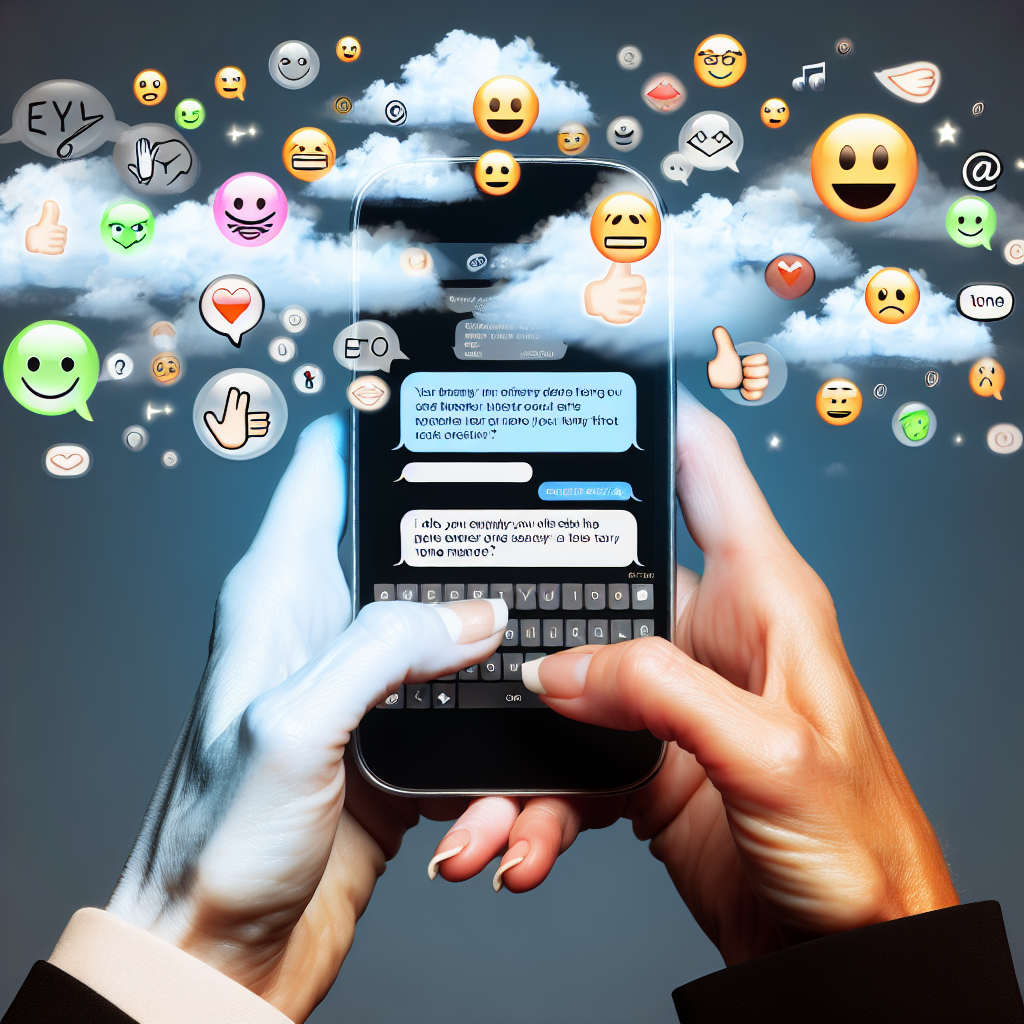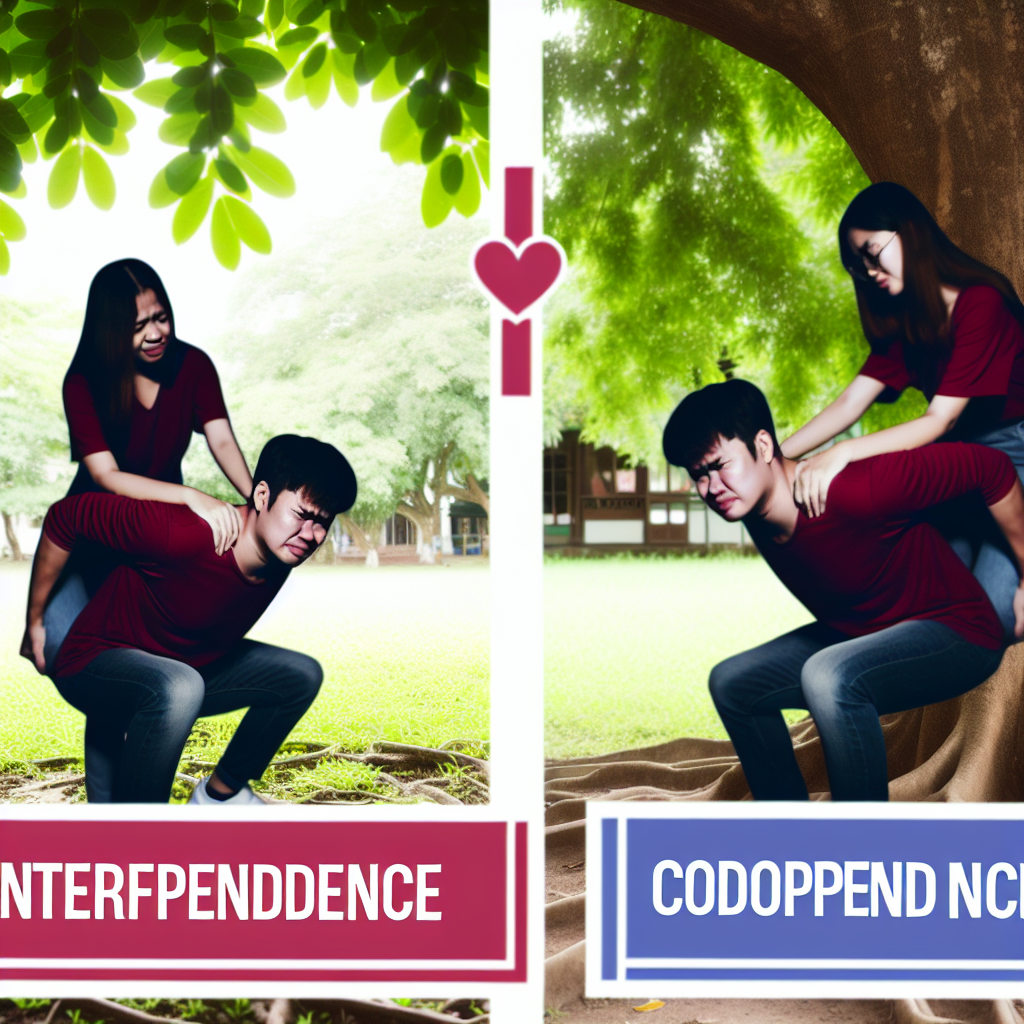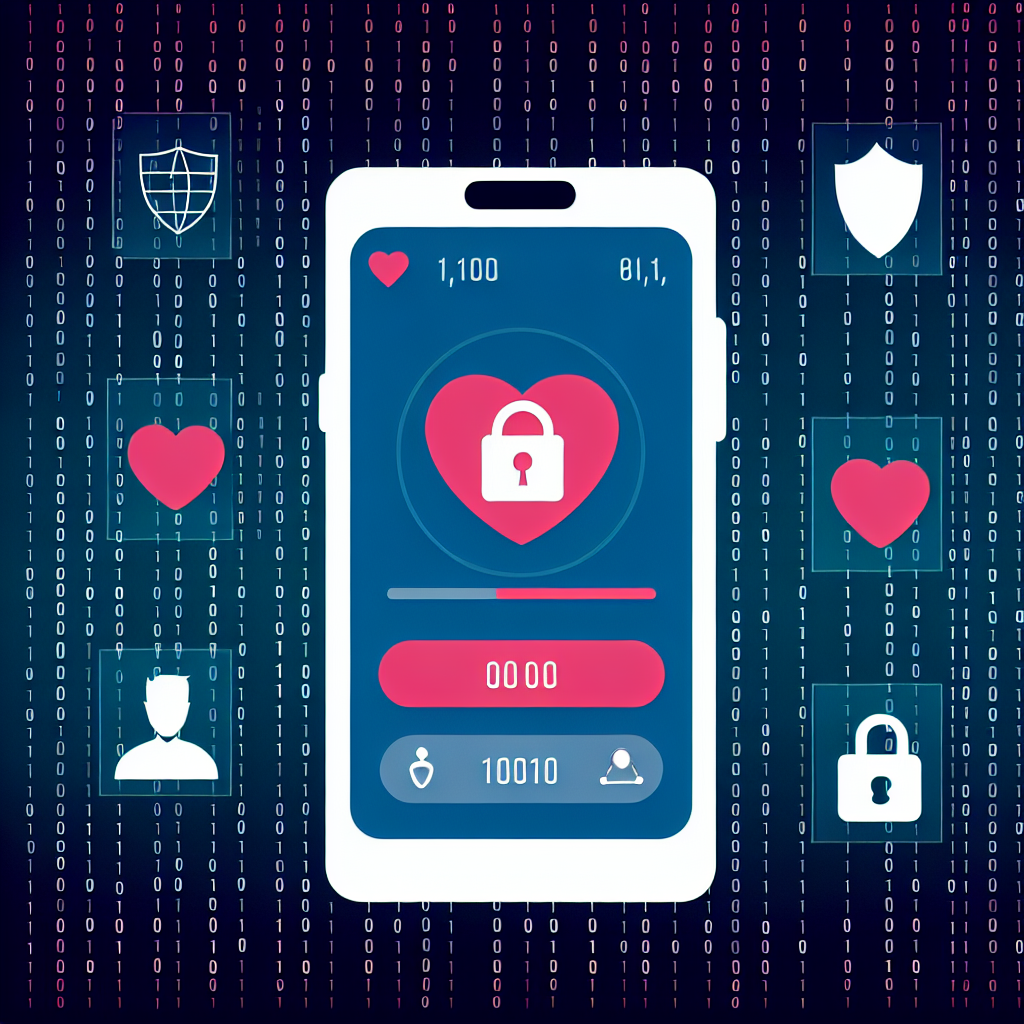Digital Tone Management: Ensuring Your Texts Convey Your True Intentions
Introduction: The Importance of Digital Tone in Modern Dating
In the modern dating world, texting plays an essential role in communication. However, we’ve all experienced moments when a message is misinterpreted—perhaps an affectionate joke comes across as rude, or a short response seems disinterested rather than busy. This is because text messaging lacks the vocal tone, facial expressions, and body language that typically provide context to our words during face-to-face interactions.
Research shows that text-based communication is more prone to misunderstandings than in-person or phone conversations. Without vocal inflection or facial cues, the receiver must rely solely on word choice, punctuation, and even emoji use to interpret meaning. This can inadvertently lead to frustration, miscommunication, and sometimes, even loss of a promising romantic connection.
For singles across all age groups, understanding digital tone management—how to craft your messages thoughtfully to convey exactly what you intend—is crucial for successful online dating. By learning how to apply mindfulness to your texts and being aware of how different elements affect perception, you can ensure a smoother dating experience, where your messages reflect your true feelings and intentions.
The Science Behind Digital Tone Misinterpretation
Several professional and medical studies support the idea that texting is prone to misinterpretation, which can significantly impact relationships. One foundational study from the Journal of Computer-Mediated Communication examined how the absence of vocal and visual cues in text-based exchanges affects emotional clarity. The study found that while face-to-face communication allows for a 93% success rate in understanding emotions, text messages drop this accuracy significantly, leading to frequent miscommunications.
Neurologists and psychologists emphasize that the human brain is wired to interpret tone through multiple sensory inputs—hearing, sight, and context. In the absence of these inputs, the brain resorts to assumptions, often influenced by personal experiences, mood, and biases. A study in Cyberpsychology, Behavior, and Social Networking found that readers tend to project their emotions onto ambiguous text messages, meaning if they are feeling upset, neutral messages may seem negative to them.
Generational and Psychological Differences in Text Interpretation
A report published by Pew Research Center highlights generational differences in text interpretation. Younger adults (18-34) frequently use emojis, GIFs, and abbreviations to mitigate misinterpretation, while older generations, particularly those 50 and above, often perceive brevity as rudeness and expect more formal language. Understanding such generational communication styles can help avoid unnecessary friction in romantic messaging.
A study from Brigham Young University found that anxious attachment styles are particularly prone to digital misinterpretations. People with attachment anxiety often overanalyze texts, looking for hidden meanings or signs of disinterest. Conversely, avoidant individuals may use texting as a means of emotional distancing, often coming across as detached or uninterested. Recognizing your attachment tendencies can help ensure you craft messages that foster connection rather than confusion.
Mastering Digital Tone for Effective Romantic Messaging
Science agrees: words alone are not enough in texting. Context, punctuation, length, response time, and even emoji use all contribute to how your message is received. Here are some practical tips to ensure your messages convey the right tone:
1. Use Emojis and Punctuation Wisely
Emojis and punctuation can add warmth to your messages and clarify intent. For example, “Looking forward to seeing you!” feels more enthusiastic than “Looking forward to seeing you.” However, overusing exclamation points or emojis may come across as forced.
2. Match Text Length and Timing to Your Connection
If someone responds to your thoughtful paragraph with a one-word answer, it might feel dismissive. Similarly, long gaps between responses can be misinterpreted unless a clear reason (like work or a busy schedule) is communicated.
3. Avoid Ambiguous Responses
Comments like “Sure” or “Okay” can feel cold in text if not accompanied by additional context. Instead, adding a little explanation helps, e.g., “Sure! That sounds great. Looking forward to it!”
4. Consider the Other Person’s Communication Style
Some people prefer quick one-liners, while others enjoy more in-depth discussions via text. Paying attention to how your romantic interest communicates can help ensure your texts align in tone and style.
5. Be Mindful of Response Time
Taking too long to reply can signal disinterest, while responding too quickly may seem overly eager. Balance your response time based on your level of engagement with the person.
By implementing these small but impactful adjustments, you can ensure your texts are interpreted the way you intend, preventing unnecessary misunderstandings in your dating journey.
Conclusion: Elevate Your Dating Success Through Digital Tone Awareness
Digital tone management is an essential skill for modern dating. Since text messages lack vocal and visual cues, they can be easily misinterpreted, leading to confusion and unnecessary misunderstandings. By being mindful of word choice, punctuation, response timing, and even emoji usage, singles can ensure their messages are received as intended.
Scientific research highlights the importance of contextual awareness, attachment styles, and generational differences when crafting romantic texts. Whether you’re starting a new relationship or looking for love later in life, mastering digital tone management can enhance your dating success, making your connections clearer, more meaningful, and frustration-free.
Summary:
Digital tone management is crucial for successful online dating, as text messages can be easily misinterpreted without the context of vocal and visual cues. By understanding the science behind digital tone misinterpretation, recognizing generational and psychological differences, and applying practical tips to craft effective romantic messages, singles can ensure their texts reflect their true intentions and foster deeper connections.
References:
1. [Kruger, J., Epley, N., Parker, J., & Ng, Z. (2005). “Egocentrism Over E-Mail: Can We Communicate as Well as We Think?” *Journal of Personality and Social Psychology.*](https://doi.apa.org/doi/10.1037/0022-3514.89.6.925)
2. [Byron, K., & Baldridge, D. (2007). “E-Mail Recipients’ Impressions of Senders’ Likability: The Interactive Effect of Nonverbal Cues and Recipients’ Personality.” *Journal of Business Communication.*](https://journals.sagepub.com/doi/10.1177/0021943607306137)
3. [Fox, J., & McEwan, B. (2017). “Distinguishing Between Sadness and Anger in Text-Based CMC: The Role of Color and Emotion in Computer-Mediated Communication.” *Cyberpsychology, Behavior, and Social Networking.*](https://www.liebertpub.com/doi/10.1089/cyber.2016.0427)
4. [Smith, A., & Duggan, M. (2013). “Online Dating & Relationships.” *Pew Research Center.*](https://www.pewresearch.org/internet/2013/10/21/online-dating-relationships/)
5. [Lopes, P. N., Salovey, P., & Straus, R. (2003). “Emotional Intelligence and the Accuracy of Social Judgments.” *Personality and Individual Differences.*](https://doi.org/10.1016/S0191-8869(03)00196-X)

Dominic E. is a passionate filmmaker navigating the exciting intersection of art and science. By day, he delves into the complexities of the human body as a full-time medical writer, meticulously translating intricate medical concepts into accessible and engaging narratives. By night, he explores the boundless realm of cinematic storytelling, crafting narratives that evoke emotion and challenge perspectives. Film Student and Full-time Medical Writer for ContentVendor.com




